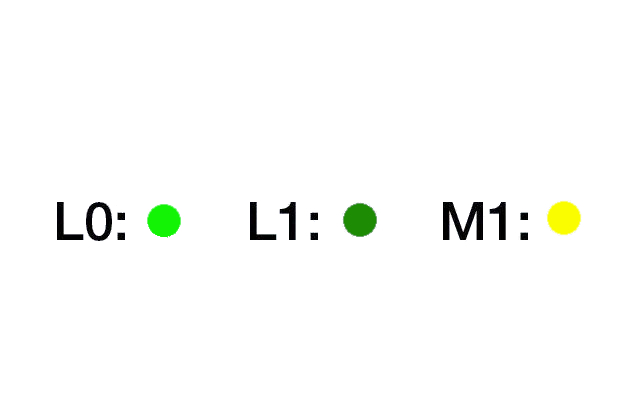|
Surface tension
Fluids (including molten metals) have the tendency to reduce their surface as much as possible and would assume approximately the shape of a sphere without the influence of external forces. This property is called surface tension. It is based on the forces of attraction between the molecules of the melt, which manifest themselves as tension on the surface. The surface tension corresponds to the amount of work to be done in order to expand the surface of a melt by one unit at a constant temperature and is identical with the amount of Gibbs' free energy stored in a surface area unit. In soldering, the phenomenon affects the interface of a liquid and a gaseous phase (air), but surface tension occurs at the liquid-liquid, solid-liquid and solid-solid phase boundaries as well, provided that the change of the surface is accompanied by an energy transformation. In principle, the surface tension is an interaction of the forces of attraction between the molecules within each phase and at the phase boundary as well. In practice, however, only the surface tension of the melt can be measured, as determined by S. Sugden (S. Sugden: J. Chem. Soc., 1922, 121, 858). The measurement of the surface tension of solder with this method is described in M. A. Carroll, M.E. Warwick, I.T.R.I. Pub. # 690 as follows: by means of a tube with the radius r, immersed into the molten metal (solder) at an h controlled depth, gas bubbles (argon) are introduced. The gas pressure initially triggers the formation of a small bubble of gas with a relatively large radius of curvature, which then increases to a hemispherical bladder with the same radius as the pipe. With continued pressure, the bubble is getting bigger until it comes off the tube and vanishes. As a result, the highest pressure at which the bubble still exists is identical with the one at which it has the smallest radius. The following applies to this maximum pressure:
Pmax = 2γr+gh (ρ1- ρ0)

where γ is the surface tension, ρ1 and ρ0 are the respective density values of the melt and the gas, and g is the gravitational acceleration. The figure demonstrates the correlation between surface tension and solder temperature, measured with this method. In general, the surface tension decreases as the temperature increases. It is also dependent on the chemical structure of the substance. The decrease in surface tension with increasing temperature is due to the change in the thermal motion of the molecules. In soldering, the effect of the surface tension of the cooling solder leads to the self-alignment of components on finely printed circuit boards. Some examples for the surface tension of various substances in air, given in dyne/cm: water – 72.75 (20 °C) , mercury – 487 (15 °C), ethyl alcohol - 22.3 (20 °C). See also Gibbs’ free energy and Self-alignment effect.
|


